South America has quietly become one of the world’s most exciting wine destinations, producing everything from bold reds that rival Bordeaux to crisp whites that compete with the best of Europe. While Argentina and Chile dominate the headlines, countries like Brazil, Uruguay, Peru, and Bolivia are crafting their own unique wine stories across diverse landscapes that stretch from sea level to breathtaking mountain heights.
The continent’s wine regions benefit from an incredible range of climates and terroirs, creating conditions that would make any winemaker’s heart race. Here is a list of 16 wine regions across South America that showcase the continent’s remarkable diversity and growing reputation in the global wine scene.
Mendoza, Argentina

Mendoza produces about 70% of Argentina’s wine and sits at the foot of the Andes Mountains, where the combination of high altitude and desert climate creates magic in a bottle. The region’s Malbec has become legendary worldwide, transforming what was once considered a ‘blending grape’ in France into Argentina’s flagship variety.
With vineyards planted between 2,000 and 5,000 feet above sea level, the intense UV radiation and dramatic temperature swings between day and night help grapes develop thick skins and concentrated flavors.
Salta, Argentina

Salta takes high-altitude winemaking to extreme levels, with some vineyards planted at over 9,000 feet above sea level—making them among the highest commercial vineyards on Earth. The region’s Torrontés produces aromatic white wines that seem to capture the essence of mountain air, while the Tannat and Malbec benefit from the intense sunlight and cool nights.
Think of it like wine’s version of mountain climbing—the higher you go, the more intense and rewarding the experience becomes.
Like Travel Pug’s content? Follow us on MSN.
San Juan, Argentina

San Juan might be Argentina’s second-largest wine region, but it flies under the radar compared to its famous neighbor, Mendoza. The region excels at producing everyday drinking wines that offer incredible value, particularly its Syrah and Bonarda varieties.
The desert climate here requires irrigation from Andean snowmelt, creating an oasis effect that allows grapes to ripen consistently year after year.
Patagonia, Argentina
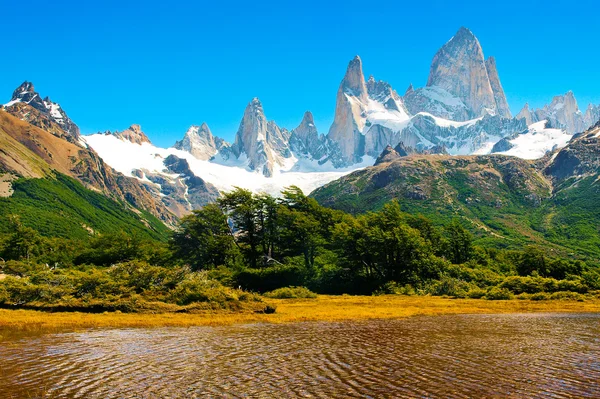
Patagonia represents Argentina’s coolest wine frontier, where strong winds and long summer days create conditions similar to those found in Burgundy or Oregon. The region produces elegant Pinot Noir and Chardonnay that would make French winemakers nod in approval.
Located about 600 miles south of Mendoza, Patagonia’s Rio Negro province has become the go-to spot for producers seeking finesse over power in their wines.
Maipo Valley, Chile

Maipo Valley sits right next to Santiago and has been Chile’s most prestigious wine region since the 1800s, when wealthy families first planted French grape varieties in the shadow of the Andes. The region’s Cabernet Sauvignon rivals anything coming out of Napa Valley, with the added benefit of being significantly more affordable.
The valley’s proximity to both mountains and the ocean creates a natural air conditioning system that keeps temperatures moderate throughout the growing season.
Like Travel Pug’s content? Follow us on MSN.
Colchagua Valley, Chile

Colchagua Valley has earned a reputation as Chile’s answer to Napa Valley, producing powerful red wines that command respect on the international stage. The region’s Carmenère—a grape variety that was thought extinct until it was rediscovered in Chile in the 1990s—has become the country’s signature variety.
Wine estates here often resemble small villages, complete with luxury accommodations and world-class restaurants that make wine tourism feel like a five-star vacation.
Casablanca Valley, Chile

Casablanca Valley broke Chile’s red wine stereotype by proving the country could produce world-class white wines in cooler coastal conditions. Located just 45 miles from the Pacific Ocean, the region benefits from morning fog and afternoon breezes that keep temperatures ideal for Sauvignon Blanc and Chardonnay.
The valley’s success with white wines opened the door for Chile’s exploration of cooler climate varieties throughout the country.
Aconcagua Valley, Chile

Aconcagua Valley produces some of Chile’s most acclaimed wines, particularly from the legendary Viña Errázuriz estate, which has been making wine here since 1870. The region’s unique geography creates distinct microclimates within just a few miles, allowing producers to grow everything from cool-climate Pinot Noir to warm-climate Syrah.
The valley’s proximity to Aconcagua—the tallest mountain in South America—provides dramatic backdrops that make wine tasting feel like an adventure.
Like Travel Pug’s content? Follow us on MSN.
Maule Valley, Chile
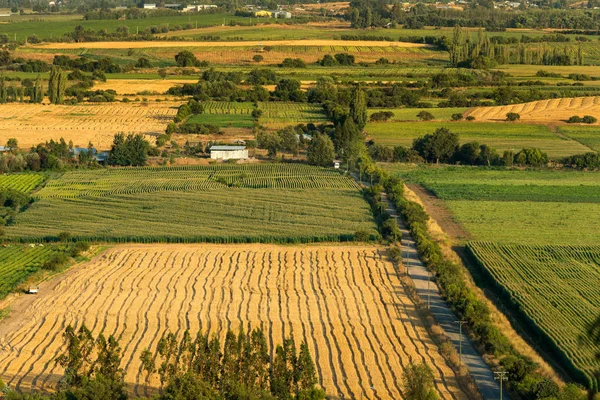
Maule Valley represents Chile’s winemaking heritage, where many family-owned vineyards still grow old vine varieties that were planted by Spanish colonists centuries ago. The region specializes in País and Carignan, grape varieties that produce rustic, food-friendly wines perfect for casual weeknight dinners.
While Maule might not grab headlines like other Chilean regions, it offers an authentic taste of Chile’s wine history at prices that won’t break the bank.
Curicó Valley, Chile
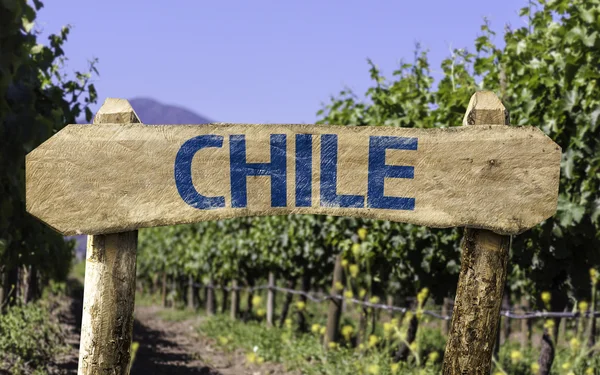
Curicó Valley serves as Chile’s workhorse region, producing consistent, well-made wines that represent excellent value for everyday drinking. The valley’s Mediterranean climate and fertile soils make it ideal for high-volume production without sacrificing quality.
Major Chilean wine companies have established large operations here, making Curicó wines widely available in international markets at prices that make good wine accessible to everyone.
Serra Gaúcha, Brazil

Serra Gaúcha might surprise wine lovers who don’t associate Brazil with quality wine production, but this southern region produces sparkling wines that rival those from Champagne. The area’s Italian immigrants brought winemaking knowledge in the late 1800s, and today their descendants craft elegant bubbles using traditional methods.
The region’s high altitude and cooler temperatures create conditions that preserve acidity and develop complex flavors in both still and sparkling wines.
Like Travel Pug’s content? Follow us on MSN.
Vale do São Francisco, Brazil
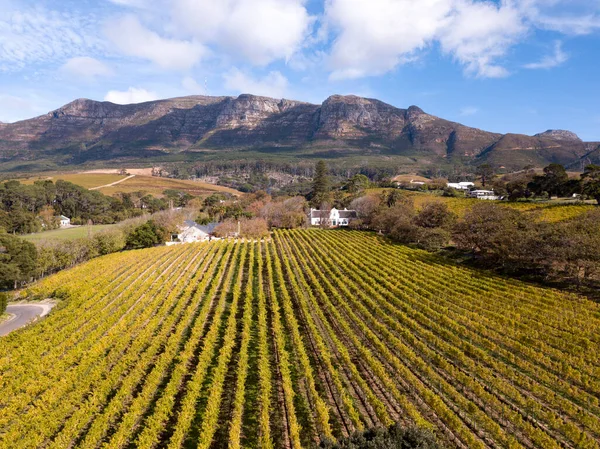
Vale do São Francisco defies conventional wine wisdom by producing two harvests per year in a tropical climate near the equator. The region’s consistent temperatures and controlled irrigation allow winemakers to manipulate harvest timing, creating wines with unique characteristics that can’t be replicated anywhere else on Earth.
While it sounds impossible, the region’s success proves that innovative winemaking can overcome traditional climate limitations.
Canelones, Uruguay
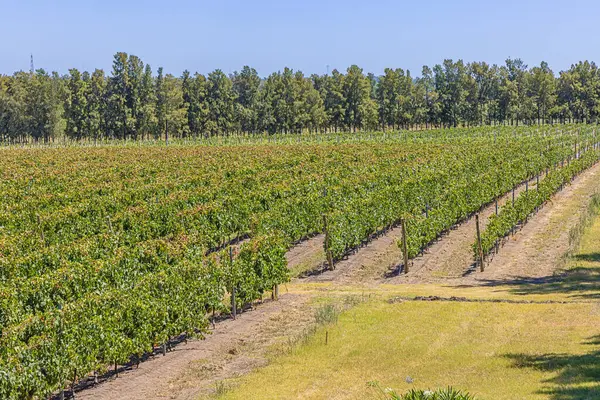
Canelones produces the majority of Uruguay’s wine and has gained international recognition for its distinctive Tannat, a grape variety that originated in France but found its true home in Uruguay’s maritime climate. The region’s proximity to the Atlantic Ocean moderates temperatures and provides consistent rainfall, creating conditions that allow Tannat to develop softer tannins than its French counterparts.
Uruguay’s small size means that most wineries remain family-owned operations focused on quality over quantity.
Montevideo, Uruguay
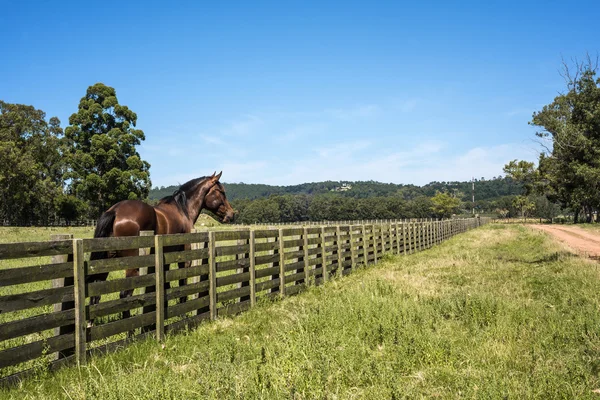
Montevideo’s wine region surrounds Uruguay’s capital city and represents one of the world’s few urban wine areas where vineyards compete with suburbs for space. The region’s wines reflect the sophisticated tastes of city dwellers, with producers focusing on elegant, food-friendly styles that pair well with Uruguay’s famous grilled meats.
Despite urban pressure, several historic wineries continue operating within the metropolitan area, creating a unique wine tourism experience.
Like Travel Pug’s content? Follow us on MSN.
Ica, Peru
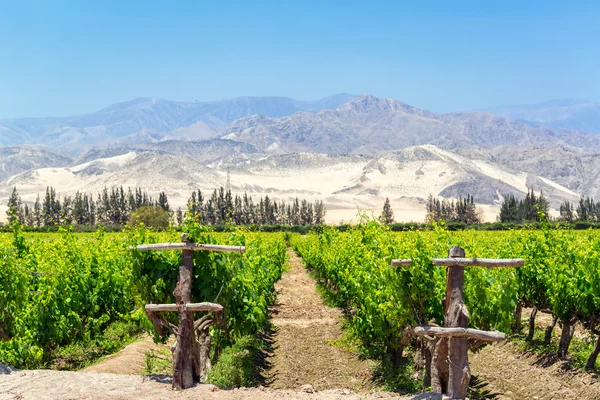
Ica Valley has been producing wine since Spanish conquistadors first planted vines in the 1500s, making it one of South America’s oldest wine regions. The area’s desert climate requires careful water management, but it also ensures that grapes ripen reliably year after year without weather-related vintage variation.
While Peru is better known for Pisco production, several wineries in Ica are gaining recognition for their innovative approaches to winemaking in extreme desert conditions.
Tarija, Bolivia

Tarija sits at nearly 6,000 feet above sea level in Bolivia’s southern valleys, where French grape varieties thrive in conditions that combine high altitude intensity with moderate temperatures. The region’s isolation has preserved traditional winemaking methods, and many producers still use techniques passed down through generations of Spanish colonial influence.
Bolivia’s small wine industry focuses on domestic consumption, making Tarija wines a rare treat for visitors lucky enough to experience them firsthand.
From Ancient Roots to Modern Recognition
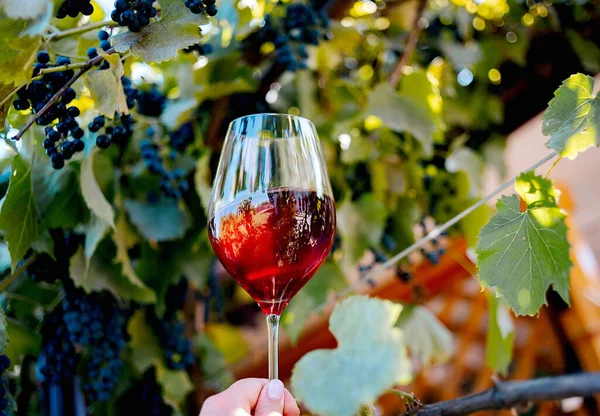
South America’s wine regions represent a fascinating blend of Old World tradition and New World innovation, where ancient Spanish and Italian winemaking techniques meet modern technology and experimentation. What started as colonial settlements producing wine for local consumption has evolved into a continental wine industry that’s reshaping global perceptions of where great wine can come from.|
Today’s South American winemakers are proving that exceptional wines can emerge from unexpected places, whether that’s Bolivia’s high-altitude valleys or Brazil’s tropical regions. The continent’s diverse climates and passionate winemakers continue to evolve, ensuring South America’s wine story is only just beginning. These 16 regions offer wine lovers a chance to explore flavors and styles that simply can’t be replicated anywhere else on Earth.
Like Travel Pug’s content? Follow us on MSN.
More from Travel Pug

- 20 Best Beach Towns in the Carolinas
- 13 Destinations Where Tourists Regularly Regret Their Trip
- 20 Things You Actually Get in First Class
- 20 Small Airports With Aviation Museums
- 20 Places in the U.S. That Are Perfect for a Reset Trip
Like Travel Pug’s content? Follow us on MSN.
